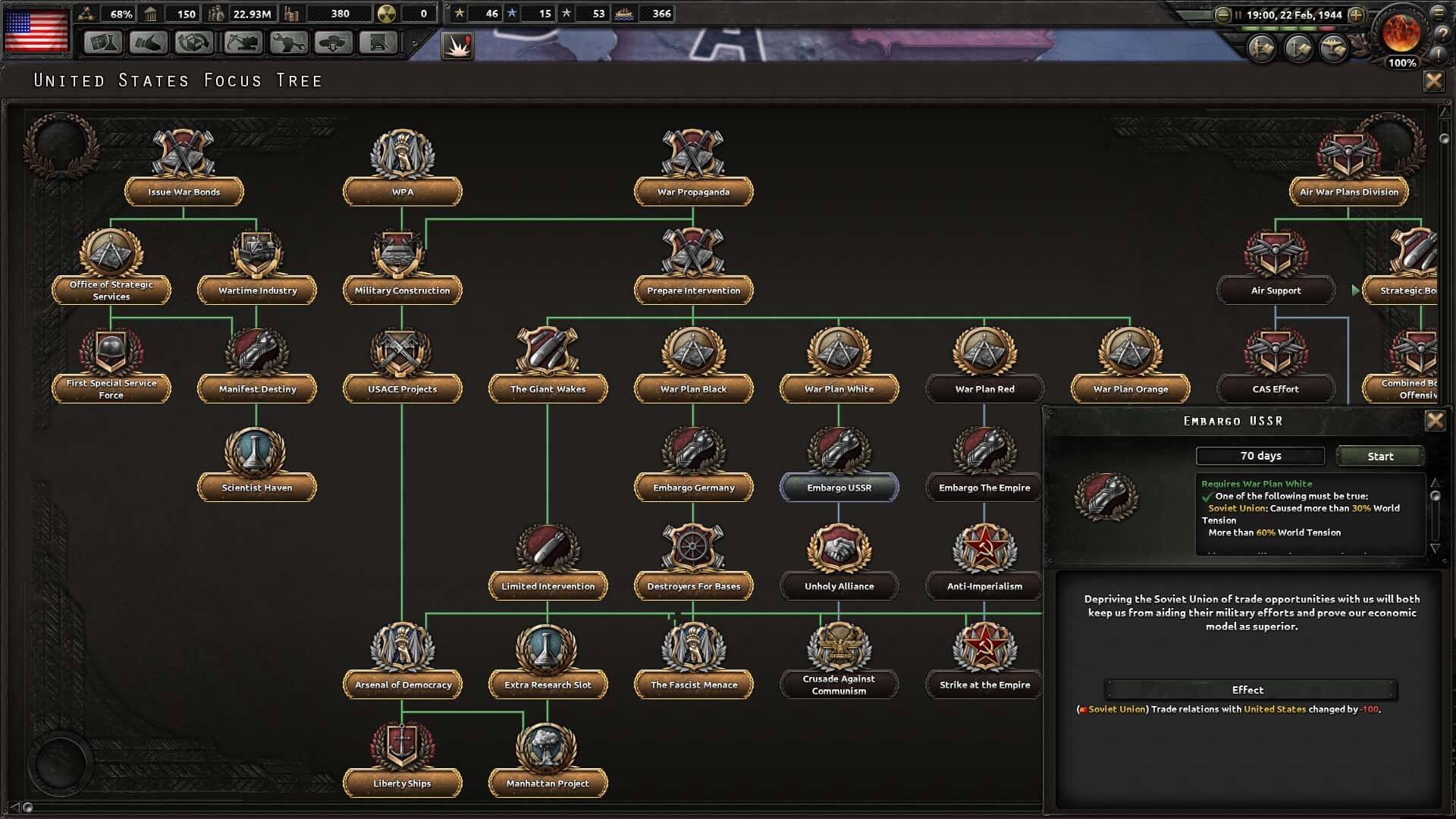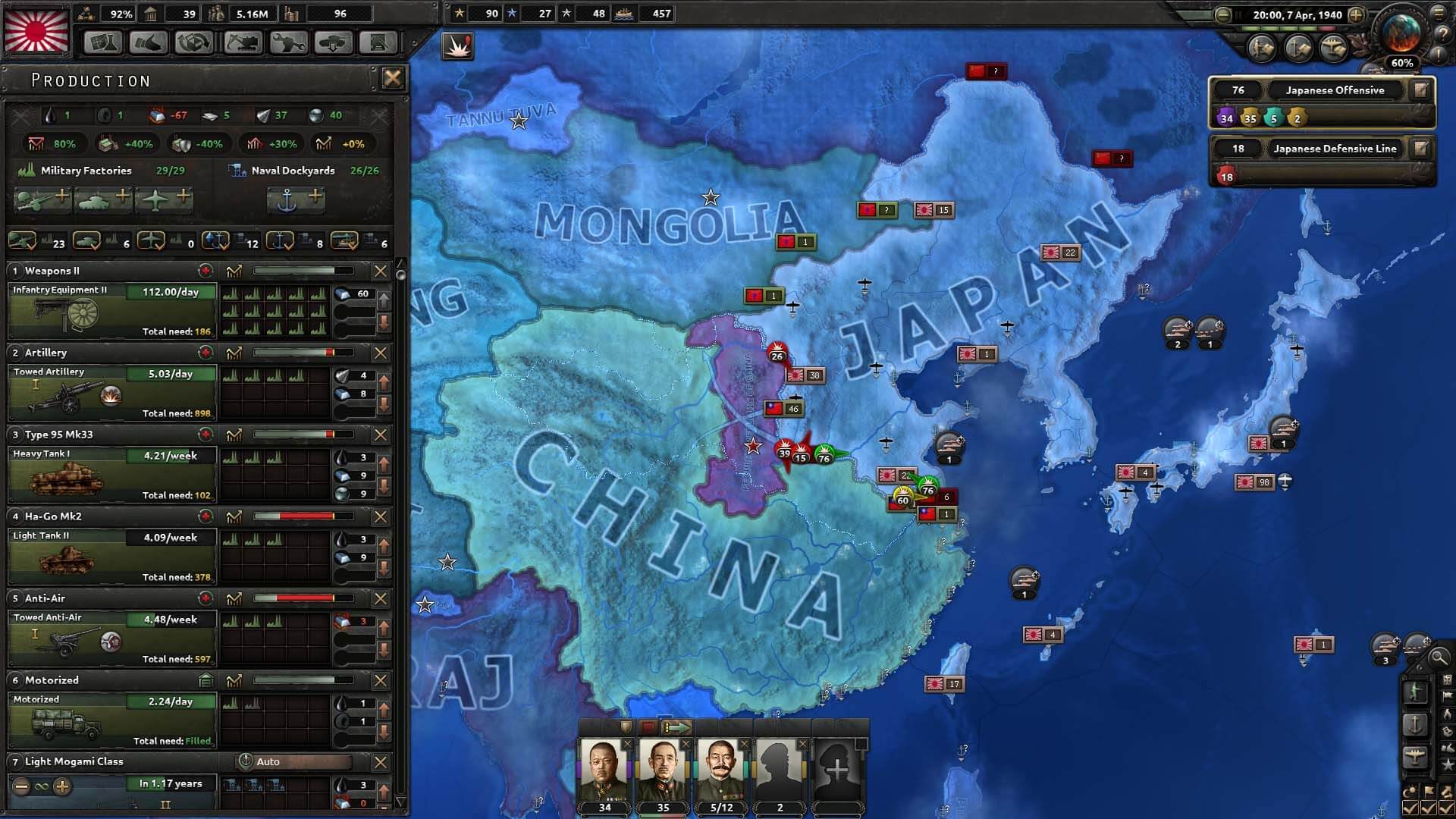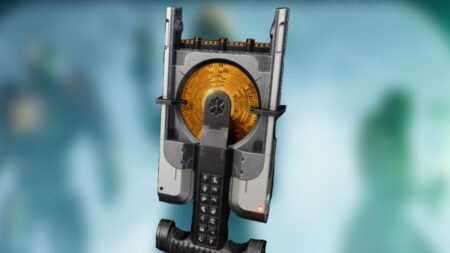Available On: PC
Developer: Paradox Development Studios
Publisher: Paradox Interactive
Genre: Grand strategy
Official Site: https://www.heartsofirongame.com/
Release Date: 7 June 2016
Where to buy: Steam, retail
Historical grand strategy games will always have a place close to the center of my heart. There’s something about being able to change the course of history, or watch as your nation takes over the globe, or see a once-destitute country grow into a world superpower under your guidance. It all hits that much closer to home when it is cultures and peoples that you recognize, and that goes double for a scenario as important as World War II, the era that Hearts of Iron IV concerns itself with.
However, taking on the role of a world leader at this time is not easy. There are soldiers to train, alliances to craft, land to protect and people to inspire. Paradox is well known for its grand strategy games, but Heart of Iron IV exists in a league of its own – if only for the sheer complexity of the game. Nearly every part of your country’s production, diplomacy, army, and society is under your control, and while war is certainly brewing even during the early months of 1936, the powers that you are granted from the very beginning can be overwhelming.
This is not a simple game – and that is both its strength and its weakness.

Hearts of Iron IV tasks you with leading one of the many nations of the world present just before and during World War II. For some, that might merely mean surviving the enormous global upheaval, while for others, it means defending your allies and protecting your lands. And for some, that means changing the real-world outcome of the war and bringing a new unexpected empire to the world.
Hearts of Iron IV doesn’t hold back when it comes to who you can play as. Hitler, Stalin, Mussolini, America, Britain, France, Fascist, Communist, Democrat – if they existed during World War II, you can play them. Each of them has unique goals and strengths, and a unique National Focus tree that gives you a bit of guidance on what to do next. Hearts of Iron IV gives you just the right amount of freedom as well as a few restrictions in order to keep the drama and the gameplay flowing.

For example, I decided to play Italy, to begin with – it was the nation featured in the tutorial, so it was possible to overcome the intense level of micromanagement (more on that later). As part of their development as a nation, I followed the path they took during World War II: alliance with Germany, war with Ethiopia, and so on. However, that was not necessarily the path I had to take. Had I chosen to do so, I could have instead forged Italy differently, rejecting the Axis and creating a new Roman Empire on my own – with Mediterranean allies, of course. The same is true of other nations – every country could have a different outcome, depending on how you play; combined with the sheer number of nations, then you have a game that has a ridiculous amount of replayability.
This is the beauty of the concept of Hearts of Iron IV in a nutshell. It is a brilliant war simulator, but also a fantastic “what if?” machine. What if Britain had become fascist? What if the Spanish civil war had instead resulted in a different victor? What if Germany and the USSR ended up forging an alliance throughout the war? Your role as a player isn’t necessarily to change the entirety of history, but make one small change that completely adjusts how the war plays out. For those people who are constantly asking themselves what could have happened if one particular nation did something differently, then Hearts of Iron IV likely has a good answer.

However, asking that question is about as easy as it gets. The UI is difficult to read, the gameplay is incredibly complex and there is a huge amount to learn before you can even begin to know what you are doing, let alone make a proper plan for changing history. Heart of Iron IV gives you unprecedented access to every part of your chosen nation, but the amount of control is overwhelming – I was genuinely physically tired after playing my first few games, desperately trying to coax the clunky UI into telling me what I needed to know. You will need to study this game like a manual for a fusion reactor before you can get beyond the basics.
This is not a game for the faint of heart – it earns the name simulator far more than any other title I have come across. The power is yours, but if you’re anything like me, you’ll need to play for at least a week before you can figure out some of the most nuanced bits of gameplay. Thankfully, however, when your plans do come together, they are extremely satisfying. Watching your troops sweep across Europe or taking the fight to distant lands, invading or defending as necessary, your air, sea, and land forces all working in unison to beat the enemy back – there’s nothing quite like it. The game won’t make it easy on you, and if you want to make a real difference to the War, you’ll need to research, plan and train your troops until they drop, but the challenge does nothing but makes the eventual victory more satisfying.
[embedyt] https://www.youtube.com/watch?v=e9BiUtINy4w[/embedyt]
[gap height=”15″]
And, your cries of victory will be punctuated with equally epic visuals and music. One of my favorite parts of Hearts of Iron IV was the nationalistic orchestral scores, given a driving rhythm by the in-game bombs and gunfire. It’s a constant reminder that World War II was a battle of culture and belief as well as resources and alliances. The music will make you swell with national pride, regardless of who you are playing, while the graphics give you a solid indicator of what is happening and where. Put them together, and they put the grand back in grand strategy.
Overall, Hearts of Iron IV is a tough game to review. It’s unlike anything else on the market, including other Paradox games – though if you enjoyed the likes of Crusader Kings and Europa Universalis, you’ll probably already be biased towards Hearts of Iron. That being said, the sheer difficulty curve of learning how to play could make it a tough sell for those who just want a casual romp through a WWII setting. You won’t get that here, but every ounce of blood, sweat, and frustration you pour into this game is returned tenfold when you achieve a victory. It’s hard, there’s no doubt about that – but if you power through, learn the mechanics, never give up, never surrender; you could discover one of the deepest, widest and most engaging historical strategies available today.
- Gameplay: Complex, in-depth, overwhelming omniscient control of a World War II nation.
- Graphics: Typical grand strategy atlas – lots of information presented all at once.
- Sound: Grand orchestral soundtrack punctuated by gunfire and explosions.
- Presentation: A game for planners and enthusiasts – not for a casual romp.
[review]







